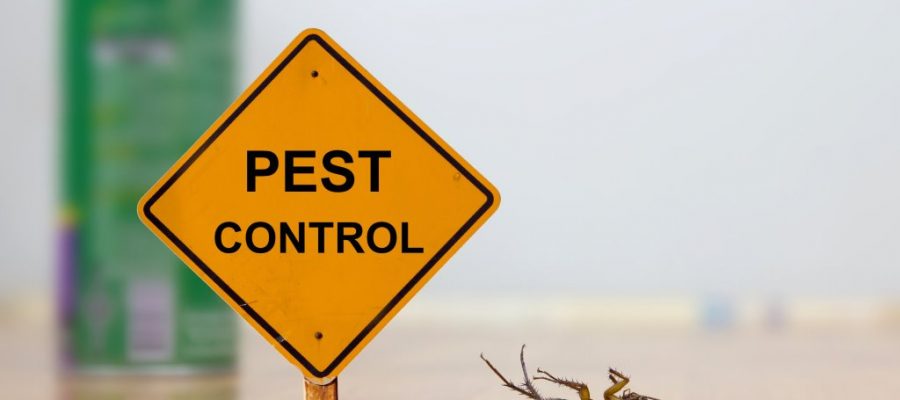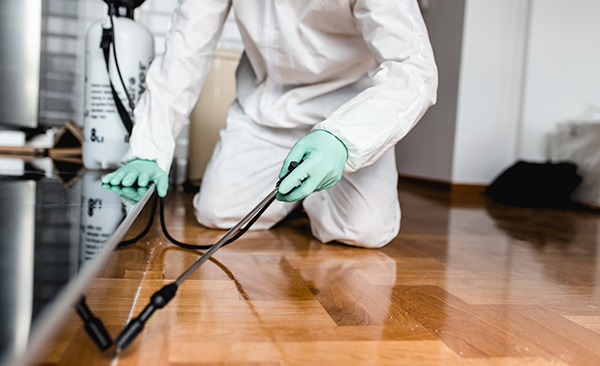Exploring Problem and Treatment Strategies on the planet of Pest Control
The landscape of pest control encompasses a myriad of difficulties, specifically as infestations of common family parasites proceed to evolve. By integrating precautionary actions with advanced management methods, such as Integrated Bug Monitoring (IPM), home owners can much better safeguard their environments.

Common Household Pests
When it pertains to handling our living rooms, recognizing usual house pests is essential. These insects not only disrupt our comfort however can likewise position health and wellness dangers and damage residential property. One of the most widespread family bugs consist of ants, roaches, rodents, termites, and bed insects.
Ants, typically seen foraging in kitchen areas, can pollute food and establish large colonies. Roaches, recognized for their strength, can activate allergies and spread pathogens. Rodents, consisting of computer mice and rats, can create architectural damage and bring diseases like hantavirus and salmonella. Termites, usually described as "quiet destroyers," can jeopardize the stability of wooden structures, resulting in expensive fixings. Bed insects, although not disease carriers, can trigger significant pain with their bites and cause emotional distress.
Acknowledging the signs of these parasites, such as droppings, nests, or bite marks, is important for very early intervention (Pest Control Lockhart). Correct cleanliness practices, securing entry factors, and maintaining a clutter-free setting work preventative actions. By determining these common family pests and recognizing their behaviors, home owners can take proactive actions to mitigate problems, guaranteeing a much healthier living environment
Comprehending Pest Infestations
Insect invasions can intensify promptly, transforming a small annoyance right into a considerable issue if not attended to without delay. Common factors contributing to problems consist of poor sanitation, structural vulnerabilities, and seasonal changes that drive pests indoors.
Identifying the kind of insect is essential, as different types display different habits and reproductive rates. For example, rodents may establish nests in covert areas while insects like roaches grow in damp settings. Early discovery often depends upon recognizing indications such as droppings, munch marks, or uncommon noises, which can indicate a problem prior to it comes to be serious.
Environmental conditions additionally play a vital role in bug proliferation. Cozy, moist environments can assist in the rapid development of insect populations, while adjustments in landscaping or construction can accidentally produce favorable settings. Routine assessments and preventative actions are vital to mitigating the risk of problems. An enlightened method to comprehending these characteristics lays the foundation for reliable pest monitoring techniques in the future.
Treatment Techniques and Techniques
Reliable therapy methods and techniques are crucial for alleviating insect problems and bring back a safe environment. A complex strategy is typically best, including chemical, biological, and mechanical methods tailored to the details parasite and the severity of the problem.
Chemical treatments consist of using pesticides and herbicides, which can effectively get rid of pests. However, correct application and adherence to safety standards are critical to minimize threats to humans and non-target organisms. Integrated Insect Administration (IPM) motivates the sensible use chemicals as a last hope, relying instead on monitoring and limit levels to establish treatment demands.
Biological control approaches involve presenting all-natural predators or bloodsuckers to minimize bug populaces. This approach is increasingly popular, particularly in agricultural settings, as it promotes ecological sustainability.
Mechanical approaches, such as traps and this website barriers, provide immediate remedy for pests without presenting chemicals. Alternatives include sticky catches for pests or physical obstacles for rodents.
Inevitably, the choice of treatment technique ought to consider the specific insect, the atmosphere, and possible effect on human health and wellness and ecological communities. A well balanced combination of these approaches can effectively take care of invasions while promoting long-term pest control solutions.
Preventive Actions for Residence
Proactively attending to insect concerns prior to they rise is important for preserving a healthy and balanced home setting (Pest Control Lockhart). Implementing efficient safety nets can substantially reduce the likelihood of problems, ultimately click this safeguarding both your residential or commercial property and wellness

Proper landscape design also plays a vital function in avoidance. Keeping shrubs and trees cut away from your home reduces the chances of bugs locating their means indoors. Guarantee that drainage systems are functioning effectively to prevent standing water, which can attract in mosquitoes and other insects.
Finally, regular examinations are advisable. On a regular basis examining for indicators of parasite task permits early intervention. By taking on these safety nets, homeowners can produce a setting that is less hospitable to pests, therefore enhancing their overall quality of life and lowering the requirement for comprehensive bug control interventions.
Industrial Insect Control Strategies
A detailed technique to commercial insect control is important for organizations intending to maintain a risk-free and hygienic atmosphere. Reliable techniques involve a mix of routine inspections, worker training, and the execution of Integrated Bug Management (IPM) practices.
Routine evaluations make it possible for early discovery of pest task, enabling prompt intervention. Services must develop a regular timetable for these analyses, concentrating on risky locations such as cooking areas, storage rooms, and waste disposal websites. Employee training is just as crucial; team must be educated on the indications of bug infestations and the relevance of reporting them instantly.
Executing IPM practices assists minimize pest concerns sustainably. This includes habitat modification, such as securing access factors and minimizing mess, in addition to using all-natural deterrents prior to considering chemical therapies.

Furthermore, working together with a certified parasite control company makes sure access to specialist expertise and sophisticated therapy choices. This partnership can lead to personalized pest control prepares customized to the particular demands of business, minimizing risks and enhancing overall efficacy. Inevitably, a positive and informed technique cultivates a pest-free atmosphere, guarding both public health and wellness and business track record.
Conclusion
In final thought, effective bug control necessitates a detailed understanding of common house insects and their behaviors, paired with targeted treatment methods. Executing preventative actions together with treatment techniques see it here such as Integrated Insect Management and organic control improves the ability to alleviate invasions.